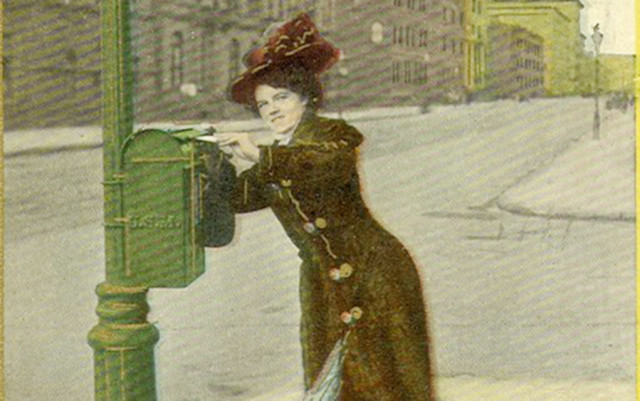
On StarWater Wednesday
Just to clarify: StarWater Wednesday at VisionQuest Brewery is a carnival of hot creativity. (Re: “Just the Beginning,” Arts & Culture, July 26, 2018)
The community’s all kinds with one common thread: everyone’s making the scene. The opening interview’s usually an activist. The musical acts run from Spectacle to Mbanza to Pioneer Mother to outrageous psychedelic speed metal guitar trio from Nebraska just passing through. Great dance floor.
The performances lead off with Dank the Pirate Poet — topics more widespread than language itself — and anything goes on that wide-open mic. All kinds of poets. The folksingers rap. All kinds of instruments. Drums, electronica. All kinds of MCs plug in their phones and start streaming their monstrous beats. Here comes eight-year-old kid-with-guitar chanting about the eighty eyes and the eighty mouths of the kraken he vanquishes to save us all, followed by his a capella opera singer Mom. There goes that philosopher witnessing Gnostic Scripture throwing himself on the floor.
Zoë Clare Starwater herself will often assume her uber-identity as full dread electronicist-poet Fierce le Fey, featured at Arise.
Not least, a wild-ass professor who jumps on the bar to holler his passionate poems: Boulder Weekly writer Jonathan Montgomery. He’s not just a journalist, folks, he’s a wellspring of StarWater too.
Show up. Bring it. Wage creativity! Blessed be.
John Diggory/Philosopher-in-Residence, Starwater Collective
Correcting Danish
I have here what can only be described as a need for a large correction in your paper.
Paul Danish, who masquerades as a sage or raconteur shows what happens when one writes (or talks) about a subject about which he knows nothing.
In his July 19 piece (Re: “Tales From Rocky Flats,” The Danish Plan) Danish tantalizes with his extramedia peek into some of the history of a tragic government miscalculation.
Danish tells us of “nucleuses.” The word is nuclei. Further, and even more deceiving, he offers a brief basic lesson in the isotopes of hydrogen. Deuterium, also known as 2H, has one proton and only one neutron. Its atomic number is one, like 1Hydrogen, but its atomic weight is two. That’s why it is “2H.” Similarly, tritium or 3H, has two neutrons and one proton in its nucleus. Atomic weight here is three.
It does make a difference. Tritium, with that extra neutron, is somewhat unstable. That is why it is radioactive. Tritium is required in nuclear warheads, as Danish implies. Consider it like a kind of “booster.” With its half-life of only about a month, each and every tritium load in each and every warhead must be recharged or replaced at least once every nine months or so.
Danish completes his trifecta of error by stating that the radiation from tritium can be “stopped” by a piece of paper. Were the decay of tritium to Helium-3 accomplished by an alpha particle (two neutrons plus two neutrons), this might be true. The decay of tritium, however, is accomplished by emission of a relatively low-energy beta particlae (basically an electron) and a neutrino. It is unlikely a piece of paper could “stop” this beta, and it is certainly most unlikely the neutrino could be. Neutrinos have been observed passing completely through the Earth without interacting with any matter.
I hope you will set the record straight. Kindly publish this correction, and do get Danish a new librarian.
Gregory Iwan/Longmont














